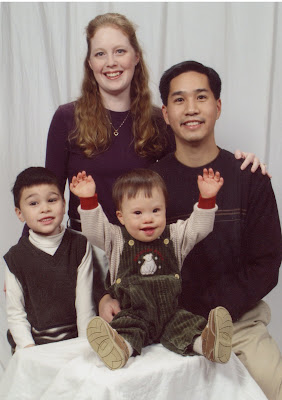One of the things I talked about was the importance of local geography and neighborhood, and a fellow mentioned to me that he knows a guy who's selling his multimillion-dollar house in order to buy a small condo and relocate closer to his church's ministry context. Which is a great example both of intentionality in neighborhood location and parish (to counter commuter culture) and also of downshifting one's lifestyle (to counter consumer culture).
It's interesting to be here at Willow Creek, because even though they're near me here in the Chicago suburbs, it's been a few years since I've visited. They in many ways have been the flagship church of all suburban churches. They do many things very well; indeed, much of their growth and success can be attributed not only to their creative and seeker-sensitive approaches, but to a more fundamental commitment to being incarnationally suburban in their ministry. And they are currently shifting away from an affinity-based ministry approach to a more geographic-locality-based ministry approach, learning from multi-site churches like Community Christian Church. (I affirm both approaches, since different churches and contexts usually require different things, but I applaud the geographic shift in emphasis.) I have some cautions about Willow and other suburban megachurches, as I've detailed in my book, but it's good to be here and see the national and global reach of their ministry.
At any rate, when I started writing this post (at a computer in their speakers' lounge), my main purpose was to give a quick straw poll. As in literal straws. Some time ago I realized that restaurants coordinate their straws to reinforce their overall brand identity. So this weekend Josiah and I went around to various restaurants to collect straws, which I used as an illustration in my workshops here. So, can you identify the sources of the following?
- a green straw
- a white straw with red and yellow stripes
- a red straw
- a white straw with yellow stripes
- a black straw
- an orange straw with pink stripes
- a blue straw
- a white straw
These are all from fast food or quick-casual restaurants in the Chicagoland area. Take your guesses! No prizes, but you can have the satisfaction of successfully identifying how much consumer culture and corporate branding has permeated even the details of restaurant straws.


2 comments:
Well, I'd say the red and yellow striped one is McDonald's and the black one is Starbucks.
And I'm a little ashamed to know that.
I like that thought about community involvement versus individual witness. Community involvement probably calls forth a deeper commitment and a context in which people can help and be helped, thus creating the experience of grace rather than just words. (Not that there's no place for individual witness. And certainly some are particularly gifted in this area.)
Post a Comment